Scientific name Elaphrornis palliseri Higher classification Elaphrornis Order Passerine | Phylum Chordata Rank Species | |
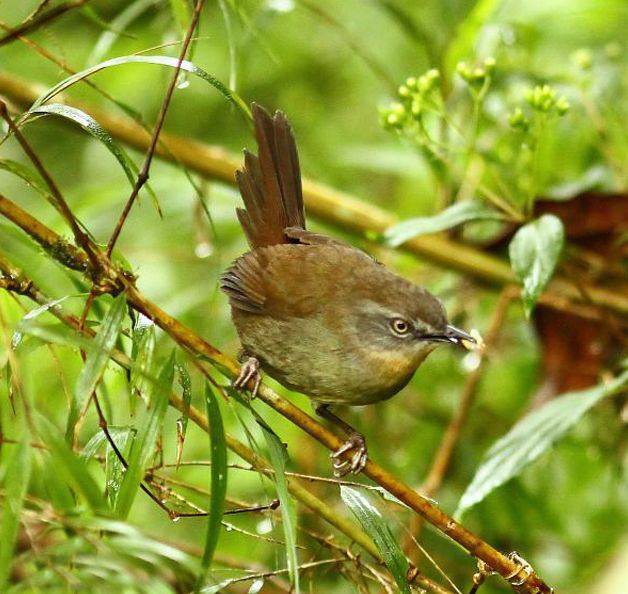 | ||
Genus ElaphrornisLegge, 1879 Similar Red‑tailed newtonia, Megalurulus, Bangwa forest warbler, Long‑tailed bush warbler, Brown emutail | ||
Sri lanka bush warbler
The Sri Lanka bush warbler, Ceylon bush warbler or Palliser's warbler (Elaphrornis palliseri) is an Old World warbler which is an endemic resident breeder in Sri Lanka, where it is the only bush warbler.
Contents
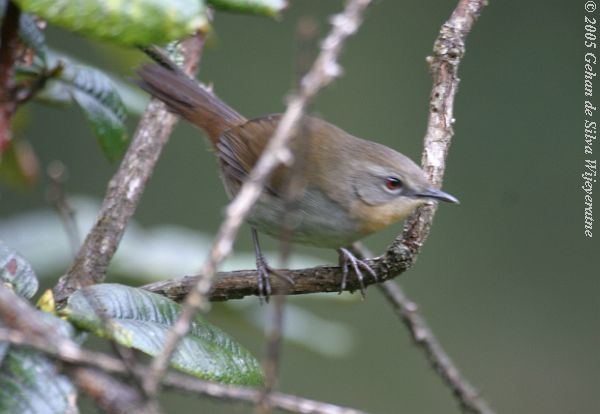
Taxonomy
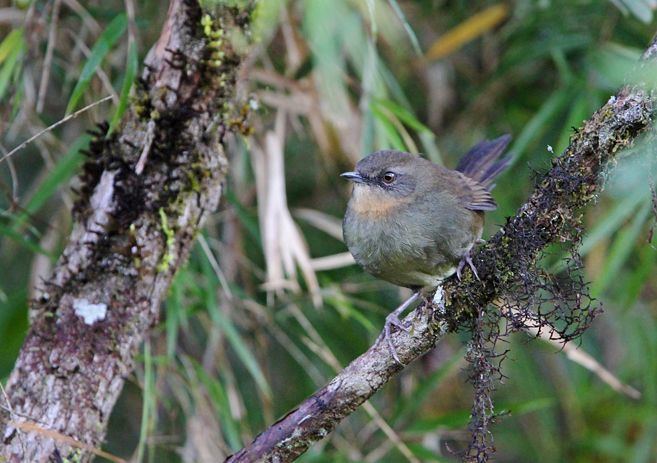
The Sri Lanka bush warbler has sometimes been placed in the genus Bradypterus; it appears to be closely related to that genus, but differs in structure (relatively shorter-tailed and longer-billed), plumage (unmarked) and song. It is monotypic.
Distribution
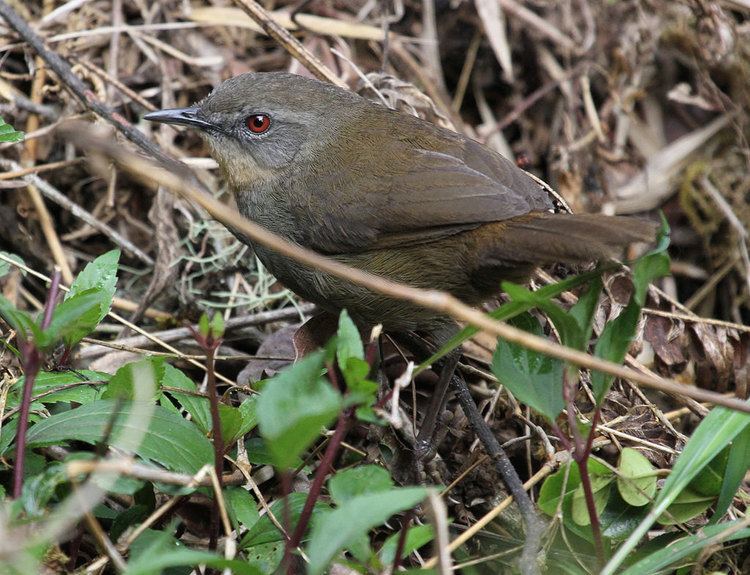
The Sri Lanka bush warbler is a bird of dense forest undergrowth, often close to water. It is found in the highlands of central Sri Lanka, usually above 1200 m. The nest is built in a shrub, and two eggs are laid.
Description
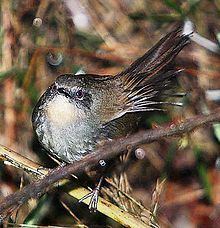
This is a medium-large warbler at 14 cm. The adult has a plain brown back, pale grey underparts, a broad tail and short wings. There is a weak supercilium, and the throat is tinged orange. The sexes are identical, as with most warblers, but young birds lack the throat colouration.
The Sri Lanka bush warbler is a skulky species which can very difficult to see. Perhaps the best site is Horton Plains National Park. It keeps low in vegetation, and, like most warblers, it is insectivorous.
Males are often only detected by the loud song, which has an explosive queet.
In culture
In Sri Lanka, this bird is known as Kandu Hambu Kurulla or Wanaraviya in Sinhala language.
